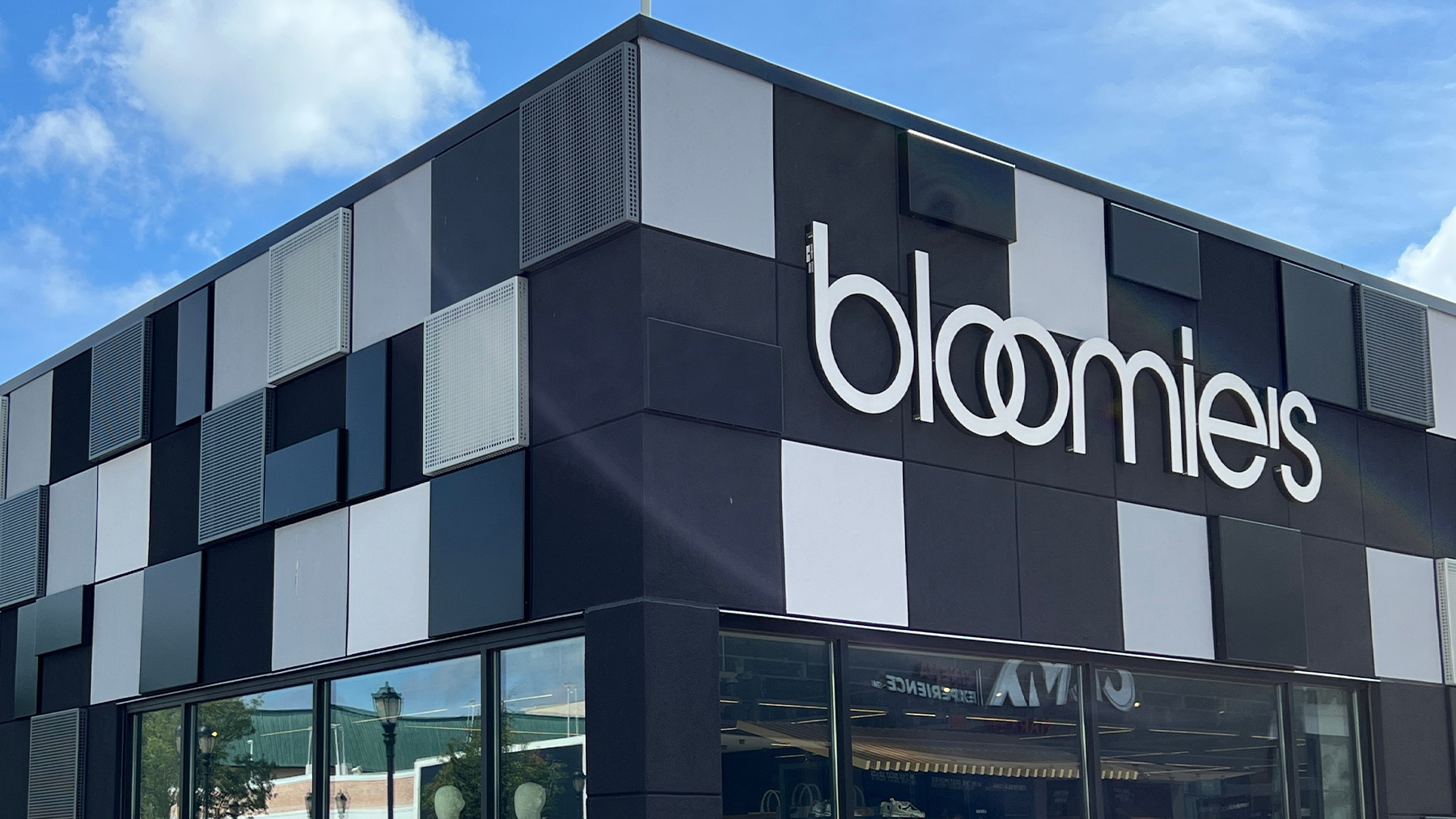Scaling through smaller stores: Why retailers are doubling down on localization
Retailers increasingly prioritize localization and an emphasis on community. Find out how smaller-format stores are helping major retailers scale.

Online, every brand and store is everywhere. But when brands are ubiquitous, the local connections that centered retail and brands in customers’ lives become lost. To make retail local again, retailers are scaling through smaller stores designed to connect with customers and their communities. Location and region-specific store concepts are all about relevance – playing a deeper role in consumers' lives.
How retailers benefit
Localization is how many retailers are growing in 2024. Nordstrom, for example, has New York and Los Angeles Nordstrom Local stores. This gives Nordstrom the opportunity to contextualize and hone in on NYC experiences – such as with December’s A Nordstrom NYC Holiday Experience VIP shopping event — and to build on their existing relationships with customers.
Another case in point: Bloomingdale’s is opening a fourth Bloomie’s location on November 14th in Shrewsbury, New Jersey. Adding another small-format store later this month makes strategic sense for the storied department chain, since it’ll bring Bloomingdale’s signature styles and brand assortments right into another hyper-local context that can drive growth.
According to the retailer, new services, events, and collaborations packed into smaller spaces are outperforming traditional stores. How? Among other things, this format helps Bloomingdale’s double down on successful segments and quickly pivot by experimenting with new styles and trends.
How brands benefit
The opportunity to build new connections with local communities helps customers encounter brands in ways that feel a lot more personal. It can also be easier for customers to see themselves in the stories that they tell.
Retailers’ long-term relationships with brands are essential to connect with customers right where they are. Brands often already make significant investments in building goodwill and brand affinity among their bases of customers, so they’re well-positioned to work with retailers to launch memorable, impactful, and locally relevant co-marketing efforts. Everyone wins.
 The Turkish department chain Boyner is a great example. When they wanted to try a new approach to connect with their customers, they invited their brand partners to participate. The Boyner Dynamic Fest put active lifestyle brands at the forefront to entertain and educate consumers. Brands such as Sketchers, Levi’s, Adidas, Merrell, Puma, DC, and Jack&Jones participated — and 6,000 customers attended the September 2023 event, engaging in active brand experiences in a fun, local setting. The opportunities are truly limitless.
The Turkish department chain Boyner is a great example. When they wanted to try a new approach to connect with their customers, they invited their brand partners to participate. The Boyner Dynamic Fest put active lifestyle brands at the forefront to entertain and educate consumers. Brands such as Sketchers, Levi’s, Adidas, Merrell, Puma, DC, and Jack&Jones participated — and 6,000 customers attended the September 2023 event, engaging in active brand experiences in a fun, local setting. The opportunities are truly limitless.
Wholesale relationships, localization, and brick-and-mortar experiences
The future of department stores may rest in retailer-brand relationships and retailers’ ability to create memorable, meaningful experiences. While some stores are downshifting on in-store experiences in favor of investing fully in digital, retailers have the opportunity to become local leaders to wow their customers. Shoppers are validating the movement with their renewed interest in brick-and-mortar shopping, and, of course, fabulous, local experiences are an integral part of the origin story for the world’s greatest department stores. It is simply a return to the roots of retail.
Becoming a bigger part of consumers’ lives can help retailers earn their loyalty. In order to stand out in this highly competitive landscape, it’s essential to be where your customers are, and to differentiate and delight by delivering experiences that bring the story of your retail business to life.
Related articles
Get on the list
Wholesale tips and industry news you can’t miss, delivered weekly
